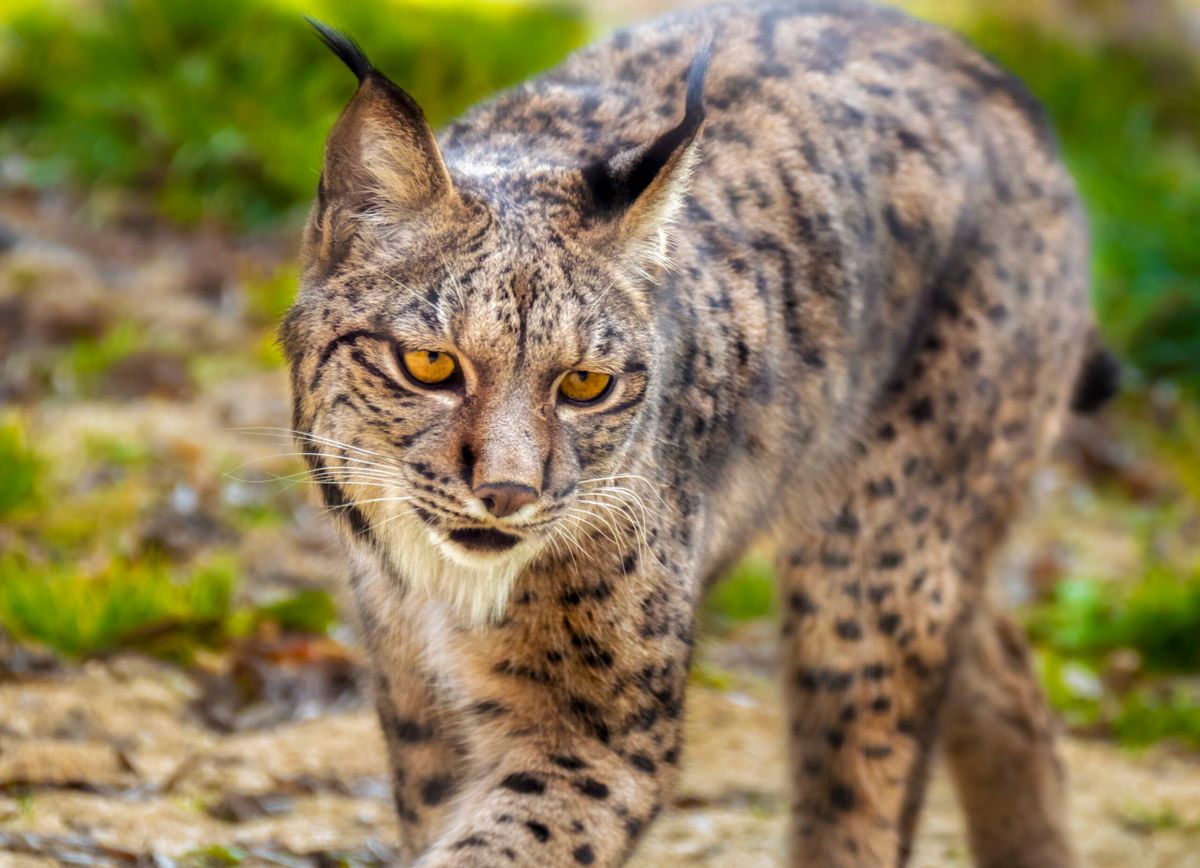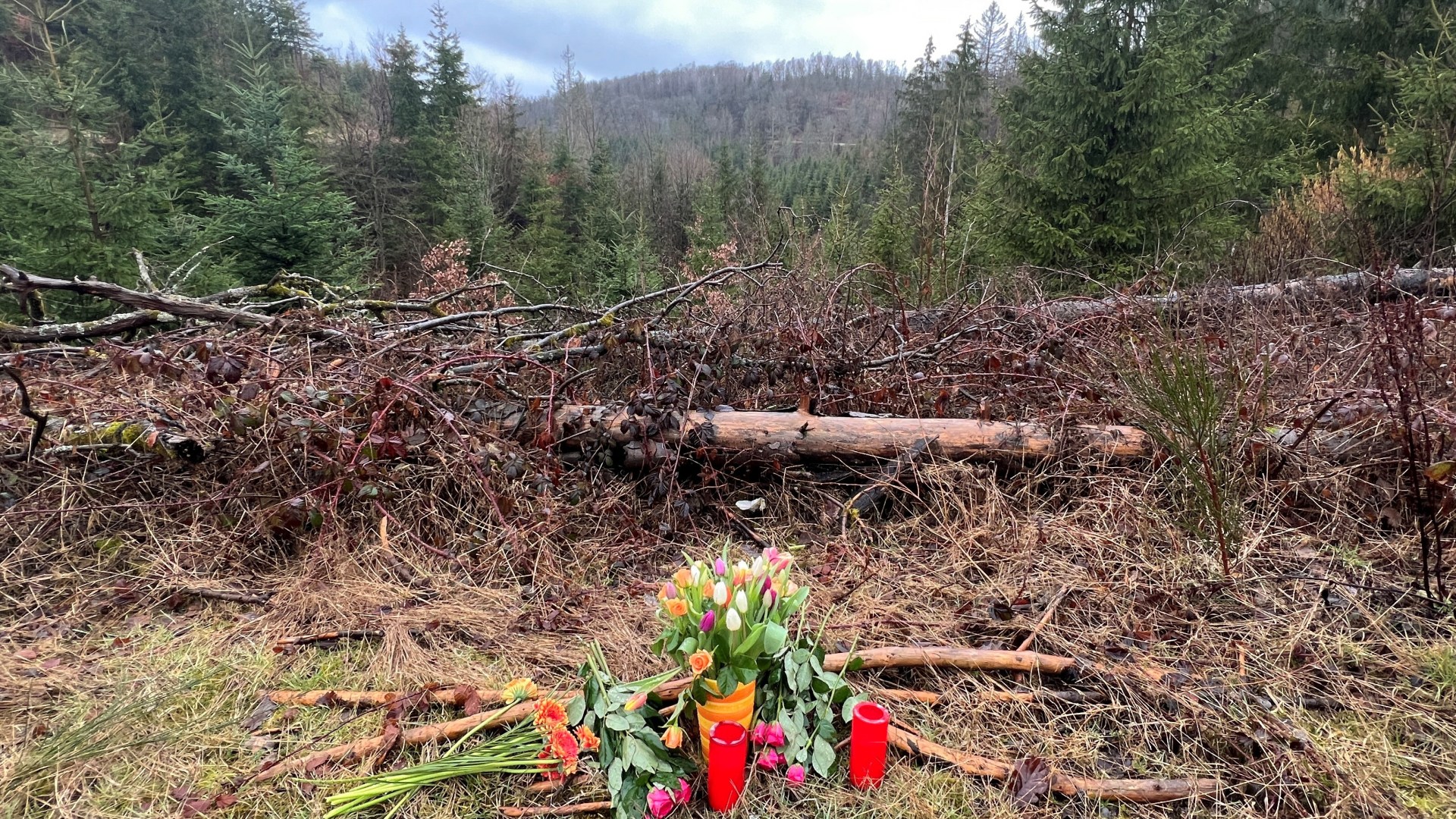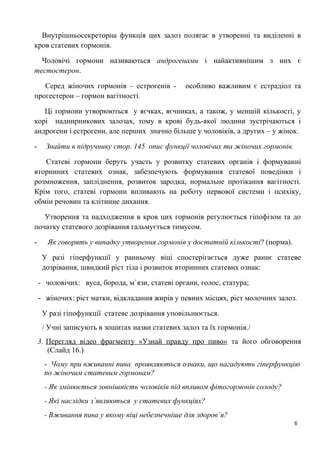UK's Rarest Wildlife On The Brink: The Devastating Effects Of Wildfires

Table of Contents
Habitat Destruction and Fragmentation
Wildfires cause catastrophic habitat loss and fragmentation, severely impacting the UK's biodiversity. The intense heat destroys vital vegetation, leaving behind barren landscapes unsuitable for many species. This fragmentation isolates populations, hindering breeding and gene flow, leading to further decline and increased vulnerability.
- Heathlands: These iconic landscapes, home to specialist species like the sand lizard and the adder, are highly susceptible to wildfires, with slow recovery times.
- Peat bogs: These crucial carbon sinks are easily ignited and burn fiercely, releasing vast amounts of carbon dioxide and destroying unique habitats supporting rare plants and invertebrates.
- Woodlands: While seemingly resilient, wildfires can decimate ancient woodlands, eliminating centuries-old trees and the intricate ecosystem they support, affecting species like the red squirrel and various woodland birds.
The long-term recovery of burned habitats can take decades, if not centuries, and the altered landscape may never fully recover its original biodiversity. Species reliant on specific microhabitats within these ecosystems face an extremely high risk of local extinction.
Direct Mortality of Rare Species
Wildfires cause immediate and devastating losses to wildlife populations. Direct mortality through burns and smoke inhalation is a significant threat, particularly affecting slow-moving or less agile species unable to escape the flames.
- Reptiles: Species like the smooth snake and sand lizard are particularly vulnerable due to their limited mobility and reliance on basking sites.
- Invertebrates: Many insect species, especially those with limited dispersal abilities, are killed outright, impacting the entire food web.
- Birds: Nests and young birds are particularly vulnerable, leading to significant declines in bird populations.
Accurately assessing wildlife casualties after a wildfire is challenging. The charred remains often make identification difficult, underestimating the true impact on already declining populations.
Long-Term Impacts on Biodiversity and Ecosystem Services
The consequences of wildfires reach far beyond immediate mortality. The disruption of ecological processes and the loss of crucial ecosystem services have long-term, cascading effects on biodiversity.
- Pollination: The loss of pollinators like bees and butterflies can impact plant reproduction and the overall health of plant communities.
- Seed dispersal: Wildfires can disrupt seed dispersal mechanisms, hindering the regeneration of plant species and impacting the entire ecosystem.
- Nutrient cycling: Fire alters nutrient cycles, potentially leading to soil degradation and impacting plant growth for years to come.
The altered plant communities lead to knock-on effects throughout the food web, making the UK's ecosystems increasingly fragile and vulnerable to further disturbances. Furthermore, damaged landscapes become more susceptible to invasive species, further threatening native biodiversity. This ecological imbalance significantly contributes to the challenges faced by already endangered species.
Mitigation and Conservation Strategies
Protecting the UK's rarest wildlife from wildfires requires a multi-pronged approach focusing on prevention and conservation.
- Controlled burns: Strategic, small-scale controlled burns can reduce fuel loads and prevent larger, more destructive wildfires.
- Improved forest management: Sustainable forest management practices, including thinning and creating firebreaks, can minimize the risk and impact of wildfires.
- Public awareness campaigns: Educating the public about wildfire prevention, including responsible campfire practices and the dangers of discarding cigarettes carelessly, is crucial.
- Habitat restoration: Investing in habitat restoration projects, including replanting native vegetation and creating wildlife corridors, is vital for the recovery of damaged ecosystems.
- Species protection programs: Targeted conservation efforts, such as breeding programs for critically endangered species and habitat creation, are essential for their survival.
Conclusion:
Wildfires pose an existential threat to the UK's rarest wildlife, causing devastating habitat destruction, direct mortality, and long-term ecological damage. Addressing this urgent issue requires a concerted effort involving improved wildfire prevention strategies, comprehensive habitat restoration projects, and robust species protection programs. The future of many precious species hinges on our ability to mitigate the risks of wildfires and actively support conservation initiatives. Protect the UK's rarest wildlife – learn how you can help prevent wildfires and support conservation efforts today! [Link to relevant conservation organization 1] [Link to relevant conservation organization 2] [Link to government resource on wildfire prevention].

Featured Posts
-
 Liga Hannover Drohkulisse Statt Derby Stimmung Im Abstiegskampf
May 13, 2025
Liga Hannover Drohkulisse Statt Derby Stimmung Im Abstiegskampf
May 13, 2025 -
 Oregons Comeback Win No 10 Ducks Defeat No 7 Vanderbilt In Ncaa Tournament Overtime Thriller
May 13, 2025
Oregons Comeback Win No 10 Ducks Defeat No 7 Vanderbilt In Ncaa Tournament Overtime Thriller
May 13, 2025 -
 Funeral Services For Teenager Fatally Stabbed At School
May 13, 2025
Funeral Services For Teenager Fatally Stabbed At School
May 13, 2025 -
 Yamamotos Strong Outing Leads Dodgers To 3 0 Victory Over Cubs
May 13, 2025
Yamamotos Strong Outing Leads Dodgers To 3 0 Victory Over Cubs
May 13, 2025 -
 Dodgers Vs Cubs 2 05 Ct Starting Lineups Broadcast Details And Game Thread
May 13, 2025
Dodgers Vs Cubs 2 05 Ct Starting Lineups Broadcast Details And Game Thread
May 13, 2025
Latest Posts
-
 Diddy Sex Trafficking Trial Cassies Husband Alex Fine Offers Support
May 13, 2025
Diddy Sex Trafficking Trial Cassies Husband Alex Fine Offers Support
May 13, 2025 -
 Oleksiy Poroshenko Ostanni Vidomosti Pro Yogo Zovnishnist Ta Diyalnist
May 13, 2025
Oleksiy Poroshenko Ostanni Vidomosti Pro Yogo Zovnishnist Ta Diyalnist
May 13, 2025 -
 Oleksiy Poroshenko Aktualna Informatsiya Pro Yogo Mistseznakhodzhennya Ta Zhittya
May 13, 2025
Oleksiy Poroshenko Aktualna Informatsiya Pro Yogo Mistseznakhodzhennya Ta Zhittya
May 13, 2025 -
 Scho Vidomo Pro Oleksiya Poroshenka U 2024 Rotsi
May 13, 2025
Scho Vidomo Pro Oleksiya Poroshenka U 2024 Rotsi
May 13, 2025 -
 Cassies Husband Alex Fine At Courthouse Supporting Her Ahead Of Diddy Sex Trafficking Trial Testimony
May 13, 2025
Cassies Husband Alex Fine At Courthouse Supporting Her Ahead Of Diddy Sex Trafficking Trial Testimony
May 13, 2025
